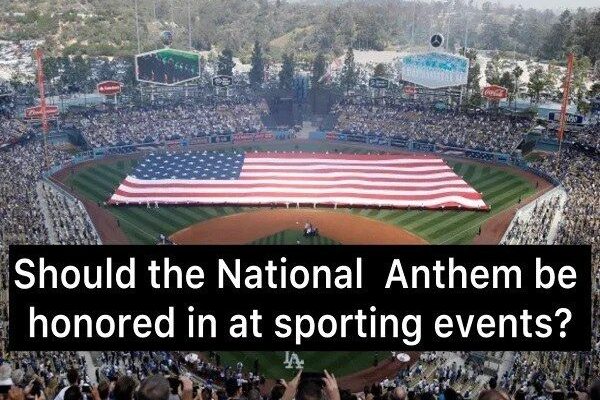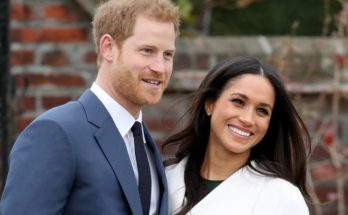
While it’s become second nature to hear “The Star-Spangled Banner” before sporting events, have you ever stopped to ponder why it’s played?
“The Star-Spangled Banner” is more than just a song; it’s an iconic anthem that captures the spirit of a nation, recounting a pivotal battle from the War of 1812. Its presence at sporting events has woven itself into the fabric of American sports culture, yet opinions on its necessity remain varied.
We often take for granted the familiar strains echoing through stadiums and arenas before the excitement of a game. But have you ever paused to wonder why this tradition began?

The answer takes us back to the somber days of World War I, when the anthem became a powerful reminder of national pride and resilience.
A pivotal moment
The tradition of playing the national anthem at sporting events emerged during a time of great sorrow for the nation. While baseball fans occasionally heard the song performed by military bands in the late 19th century, it wasn’t until March 3, 1931, that Congress officially designated “The Star-Spangled Banner” as the national anthem.
Yet its significance had already begun to take root in the hearts of Americans.
A pivotal moment occurred on September 5, 1918, during Game 1 of the World Series between the Boston Red Sox and the Chicago Cubs.

This game unfolded amid the turmoil of World War I, the same month as the U.S. Army launched one of the largest offensives in American military history, the Meuse-Argonne Campaign. Over 100,000 American men had already lost their lives on the European battlefields.
The atmosphere was heavy, and to add further sorrow, a bomb exploded in Chicago the day before the game, claiming innocent lives and casting a shadow over the festivities.
Rain delayed the match, and just over 19,000 fans gathered at Comiskey Park, a stark contrast to the usual crowds of 32,000. The mood was somber, but everything changed during the seventh-inning stretch when the U.S. Navy band began to play the national anthem.
A chain reaction
According to the Chicago Tribune, Red Sox infielder Fred Thomas, who was in the Navy and had been granted furlough to play in the World Series, turned toward the American flag and saluted. This gesture sparked a chain reaction among other players, and as the song came to a close, the stadium erupted into thunderous applause, transforming the atmosphere into one of unbridled patriotism.
The New York Times noted that this moment was “the highest point of the day’s enthusiasm,” and from then on, the anthem began to feature prominently in future games. As a tribute to wounded veterans, the Red Sox offered free tickets to those who had served, honoring them during the anthem at the decisive Game 6.



